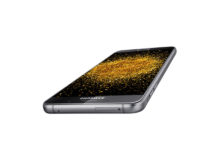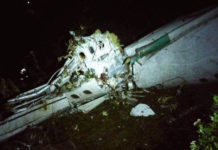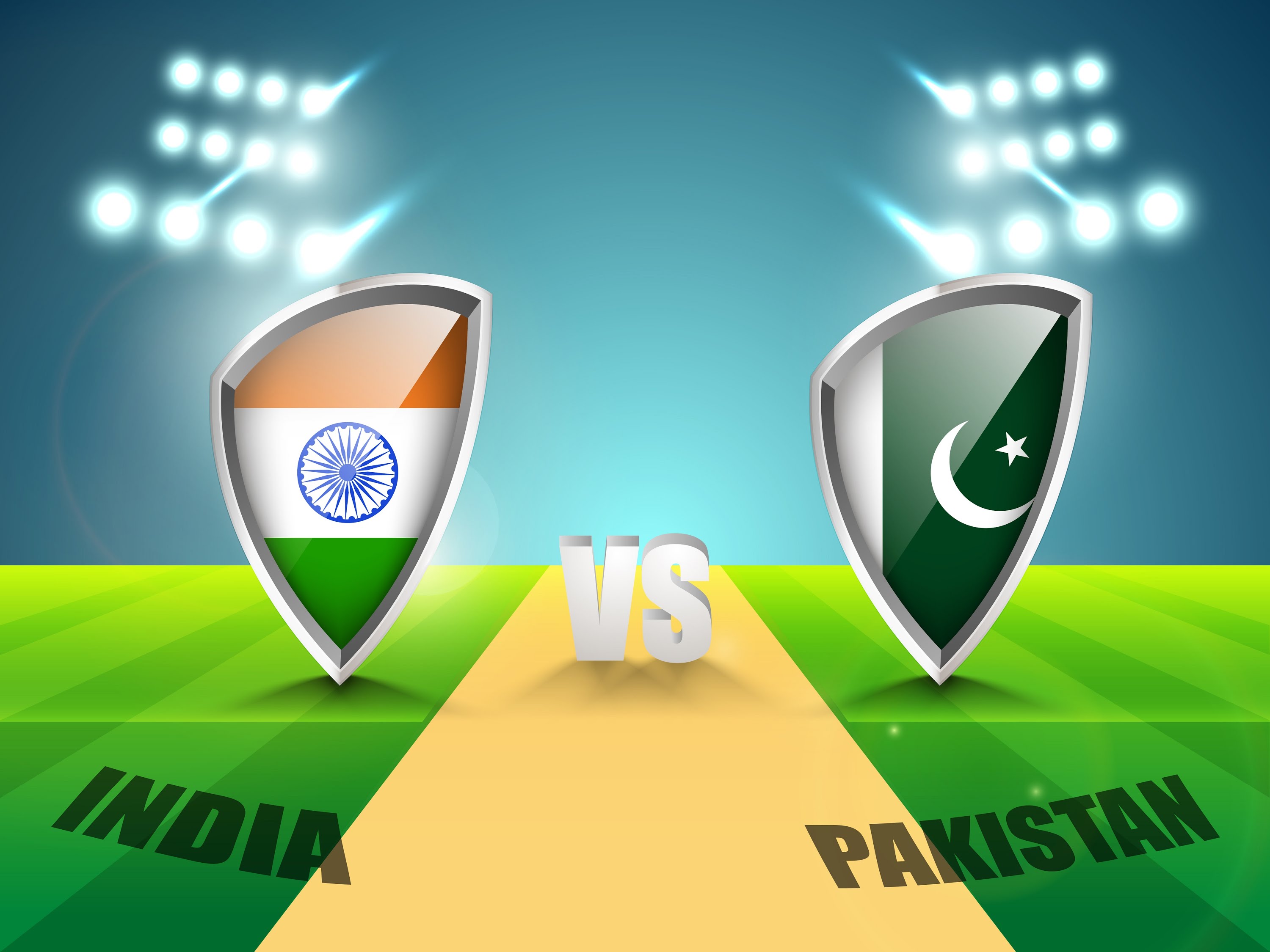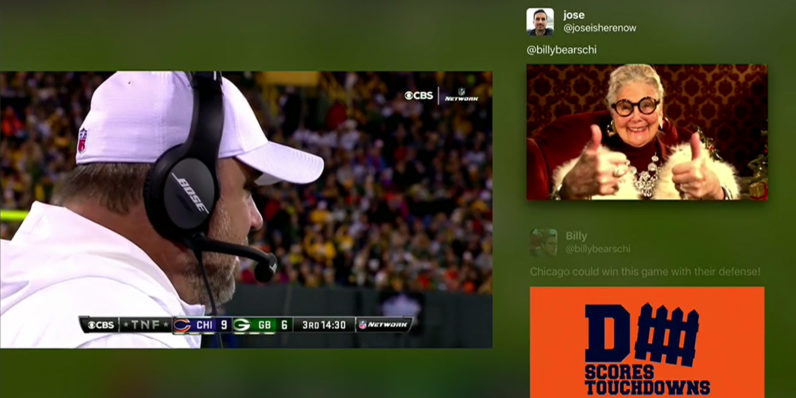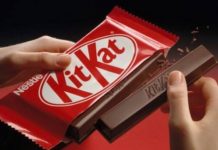The US Supreme Court has sided with Samsung over the $399 million patent award on copying Apple’s iPhone design, later sent the case back to the lower court. During this, the court is sided with Samsung and saying that the company does not have to pay the entire profit from the sales of the disputed products.
The court declared that 8-0 which Samsung is not required to make the penalty for the entire profits from their smartphones for breaching on the design components.
The 11-page ruling observes that the $399 million penalty is the one element of the patent violation case which was inappropriate. This represents “Samsung’s entire profit from the sale of its infringing smartphones” for copying the Apple iPhone’s “rectangular front face with rounded edges and a grid of colourful icons on a black screen.”
Samsung Galaxy A9 Pro Review: Check Out What is Beyond Samsung
Justice Sonia Sotomayor mentioned, the court has stopped the short of investigating thoroughly into the details of the degree of which the patent violation must affect the penalty. “The parties ask us to go further and resolve whether, for each of the design patents at issue here, the relevant article of manufacture is the smartphone or a particular smartphone component,” she added.
The 8-0 verdict declared from Justice Sonia Sotomayor is much-needed a victory for Samsung which is facing the problems with its smartphones that burst into flames and even exploding. Initially, it has faced nearly $1 billion in the form penalties; later it was reduced to $548 million for copying the iPhone’s design. Currently, it is at $400 million stakes in this dispute.
Google Patents a Cyborg Lens may be thinking about putting Android in your eyeball
There is the legal battle between the two tech giant companies and the first design patent case to reaches the high court in more than a century. In the year 2012, the jury had the rule; Samsung is violating three Apple’s iPhone design patents, and this must fork over the complete profits from the phones.
Doing this thing will require us set out a test for identifying the things related to the article of manufacturing and to parse the record to apply the relevant test in the case. The court of law has reverted the case back to the appellate court in Washington to resolve the more details of the case.



